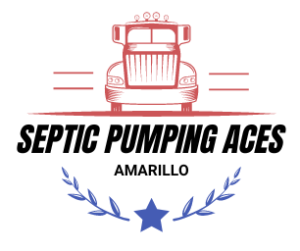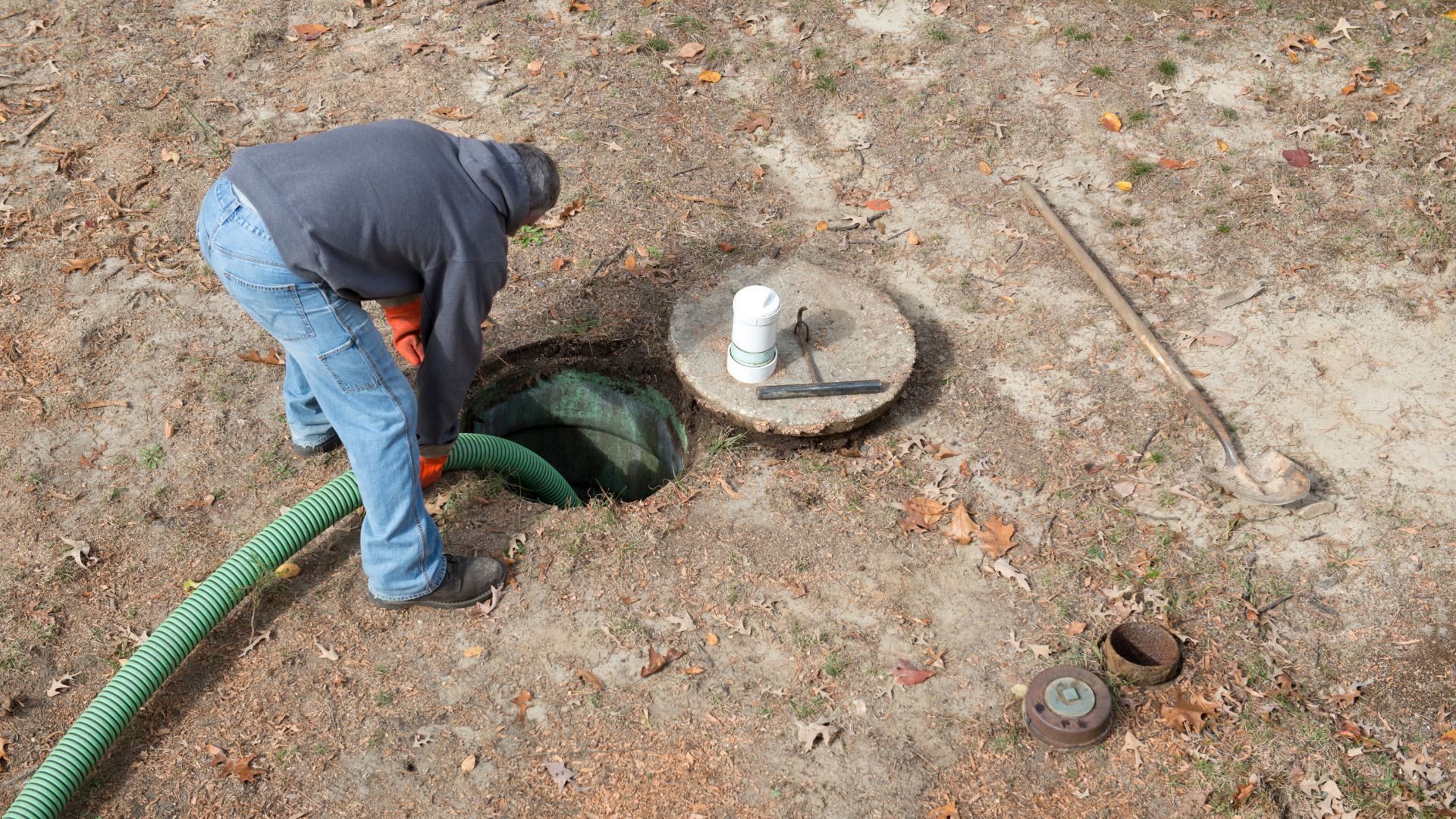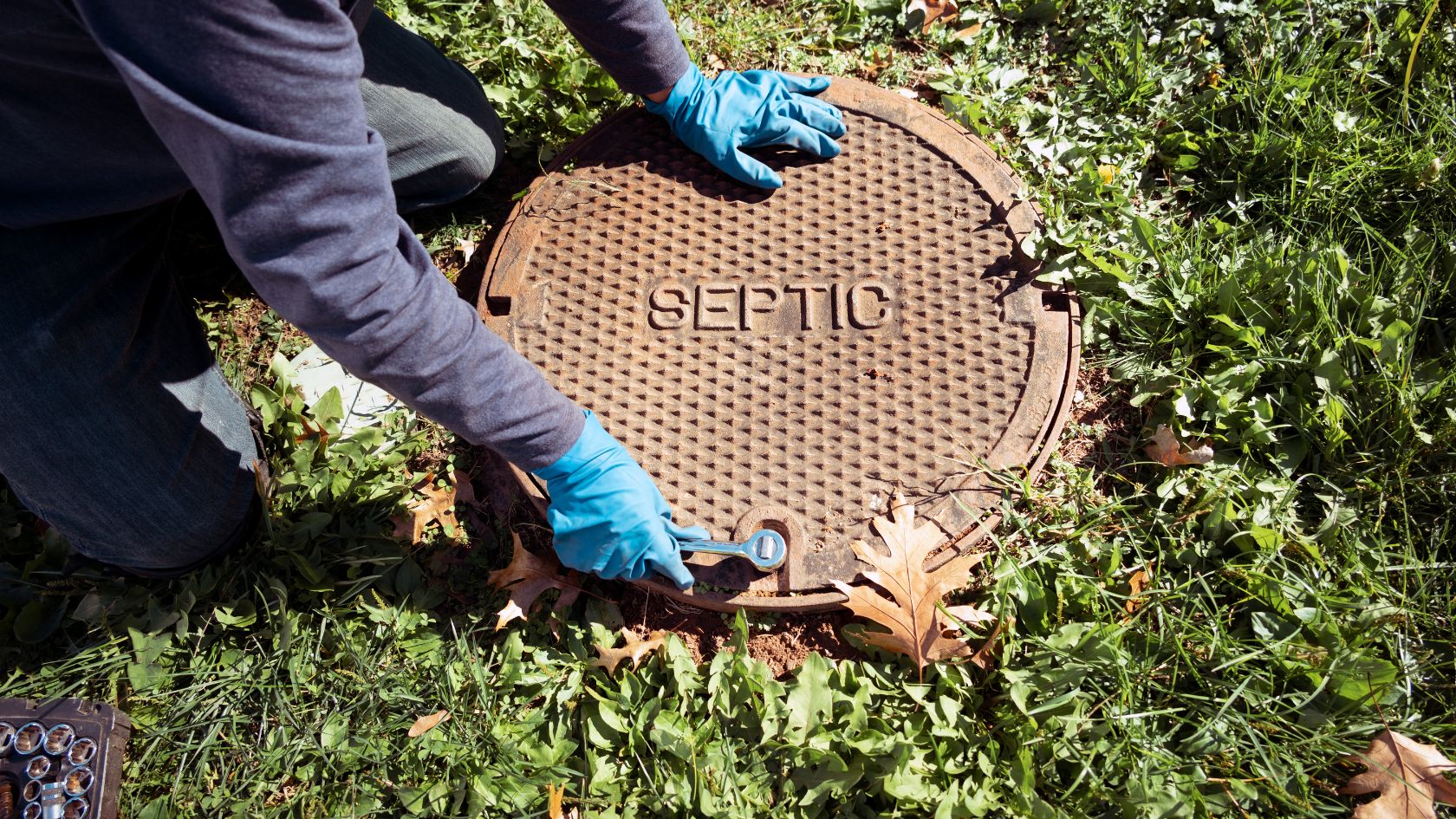
When it comes to choosing a septic tank for your property, there are several factors that you need to consider. From the size of the tank to the type of soil on your property, these factors play a crucial role in determining the right septic tank for your needs. In this blog post, we will cover everything you need to know about selecting the right septic tank for your property. We will discuss the different types of septic tanks and the various factors that you need to consider when choosing a septic tank, such as soil type, location, and maintenance requirements. So if you are planning to install a new septic tank or upgrade an existing one, read on to learn more about how to choose the best option for your property.
Types of Septic Tanks
Septic tanks come in various types and designs, each with its characteristics and advantages. Here are some common types of septic tanks:
- Conventional Septic Tanks: Popular septic tanks made of concrete, fiberglass, or polyethylene have a watertight container to separate wastewater into sludge and scum. The remaining effluent undergoes further treatment in the drain field.
- Aerobic Treatment Units (ATUs): ATUs are septic tanks that use oxygen to grow aerobic bacteria for efficient waste breakdown. They have a separate chamber for aeration and may need an electrical supply.
- Chamber Systems: Chamber systems, using plastic chambers instead of concrete or fiberglass tanks, offer better treatment and filtration. They’re easy to install and ideal for areas with limited space or high groundwater.
- Low-Pressure Pipe Systems: Low-pressure pipe systems are effective for effluent treatment. They prevent oversaturation of the drain field, with the pump chamber usually located between the septic tank and the drain field.
- Mound Systems: Mound systems are used in areas with high water tables or poor soil percolation. Effluent is treated in an elevated mound of sand, gravel, and a specific soil blend before percolating into natural soil.
- Peat Moss Systems: Organic peat moss systems, also known as biofiltration systems, filter wastewater using microorganisms. These systems are ideal for eco-sensitive locations and as an alternative to standard septic systems.
- Cesspools: Cesspools are an outdated septic system that stores wastewater underground, but they’re not recommended due to the potential for groundwater contamination and lack of treatment compared to newer systems.
Consulting with a professional or local health department is crucial when selecting the appropriate septic tank system for a specific location.
Factors to Consider When Choosing a Septic Tank
Choosing an appropriate septic tank is crucial when planning a wastewater system for your home. Consider several factors like tank size, material type (concrete or plastic), location, and compatibility with a drain field. It’s essential to take into account regulations set by local authorities while making this decision. Soil type, water table level, and labor costs are also crucial factors to consider when installing a new septic system. By following these guidelines during septic tank installation, homeowners can ensure proper wastewater treatment while avoiding damage to groundwater and soil.
Conclusion
Choosing the right septic tank is essential for maintaining a healthy and hygienic environment for your home or property. You need to consider several factors, including the size of your property, the number of people in your household, and water usage patterns. The type of septic tank you choose will also depend on your budget, soil conditions, and local regulations. Therefore, working with an experienced professional who can guide you through the selection process is essential. At Amarillo Septic Pumping Aces, we offer comprehensive septic tank installation services. We prioritize safety, efficiency, and customer satisfaction in all our services. Contact us today at 806-203-6579 to schedule a consultation or learn more about our septic tank installation services.






